The Coda section of the World2 Tour has, as its main purpose, the goal of getting me from where I ended the Tour, in New Caledonia, to the only city where a single flight route to my Ultimate Destination had recently restarted, a location that is several thousand kilometers away. If I would be forced to undertake such a long transit path, unfortunately using the least satisfactory method, air travel, I certainly could not pass up the opportunity to make several intermediate stops. Specifically, ones that would allow me to quickly see more of the Tour’s primary topics, and hopefully visit a small number of places that I very much wanted to see, but which I had been forced to bypass in 2020. The first of those was Malaysian Borneo, and that stop was, most decidedly, For the Birds.
First, however, just as with my inbound flight to New Caledonia, the flight from Nouméa to Kuala Lumpur could only be made via a transit stop in Sydney. This time, all of the red-tape was already taken care of after the earlier flight, and, since I had such a successful birding outing during the previous layover, I decided to take advantage of another extra day there to see some more Australian birds. I had probably already exhausted the potential species that could be found close to the airport, so this time I would need to go somewhat further afield. After a bit of searching on the Web, I was eventually hooked up with local guide Greg McLachlan and we quickly worked out a day trip to The Royal National Park, one of the area’s top birding sites. I had a handful of target species, and, with Greg’s expert assistance, all of the realistic options were happily seen. With the typically poor early morning light, in mostly wooded habitats, in addition to the small, hyperactive natures of some of the birds, many of my photographs were rather average, however. A few nice species behaved more cooperatively, such as Chestnut Teal…
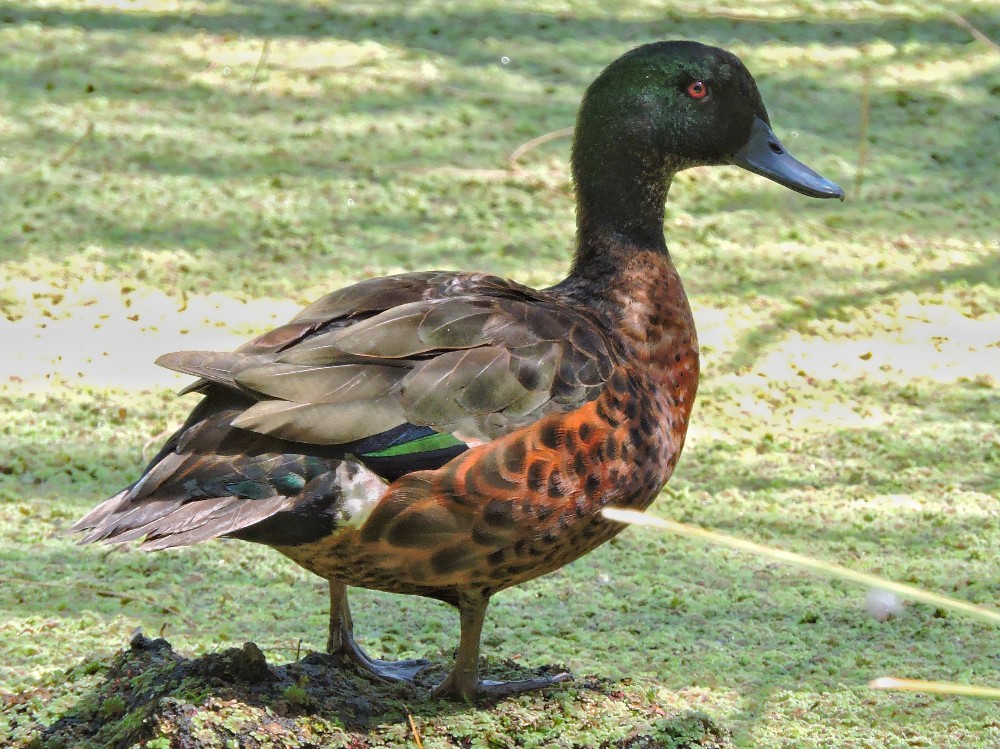
...Green Catbird…
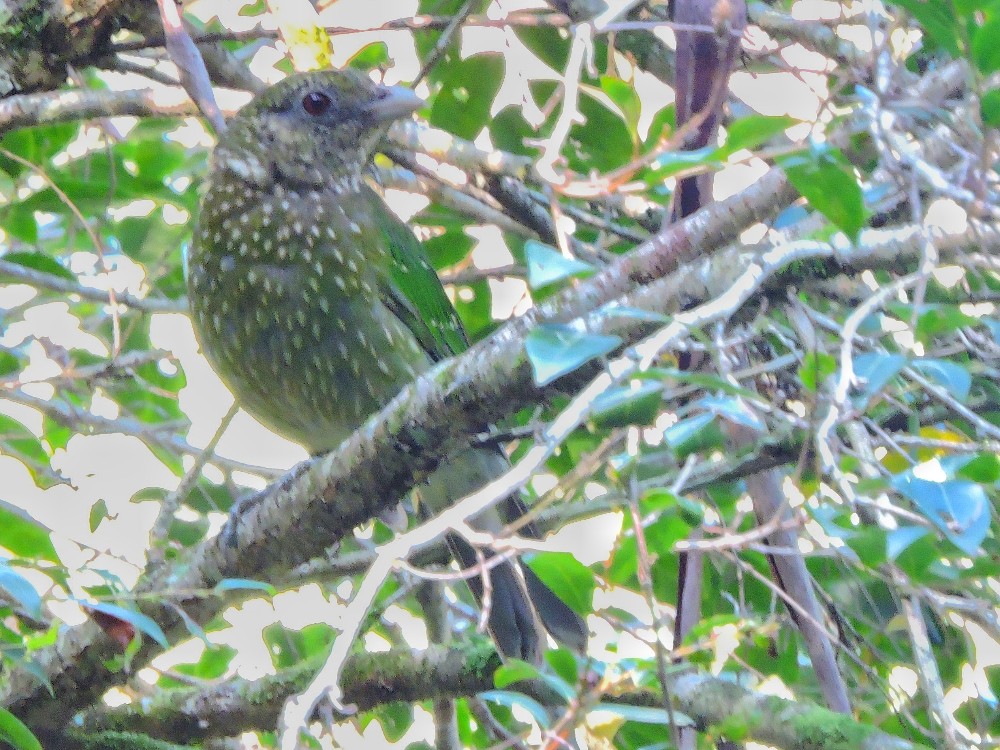
…and an incredibly close observation of Spotted Pardalote, probably my top target for that stop.
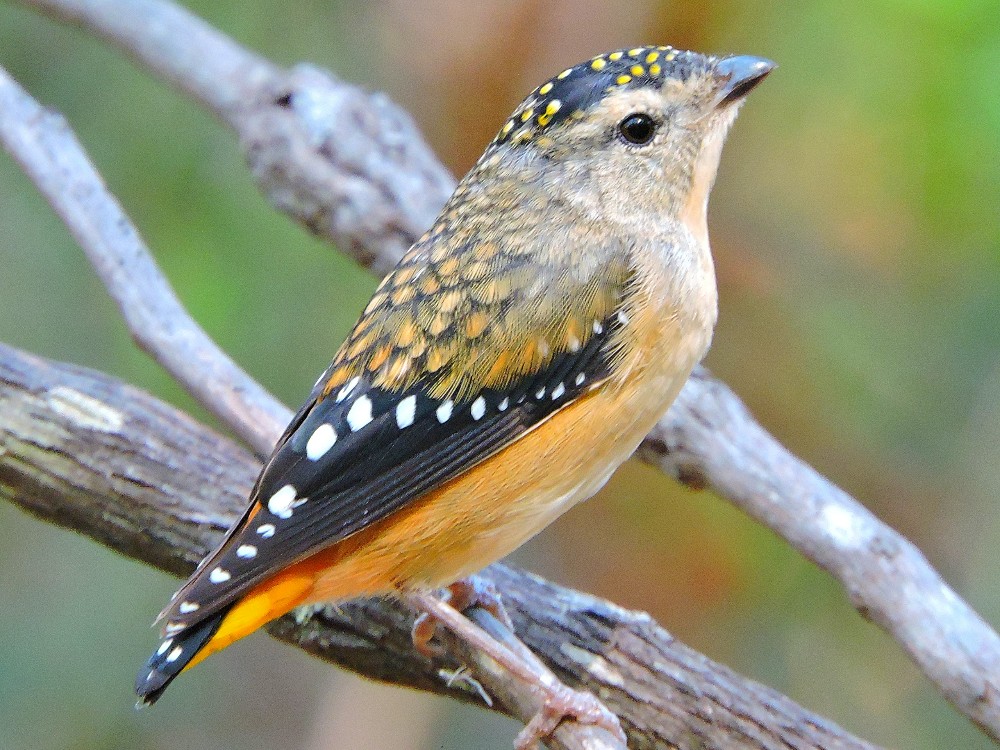
In total I added sightings of eighteen new species that day, an extremely successful result. The remaining birds observed were, Eastern Whipbird, Brown Thornbill, White-Browed Scrubwren, Large-Billed Scrubwren, Yellow-Throated Scrubwren, Variegated Fairywren, Brown Gerygone, Rufous Fantail, Eastern Yellow Robin, Black-Faced Monarch, Yellow-Faced Honeyeater, Eastern Spinebill, Satin Bowerbird, White-Throated Treecreeper, and Gray Goshawk.
It was Borneo, however, that was expected to provide a larger haul, especially because I would be there for much longer and would, eventually, be able to spend some time in a few of the best birding locations on that large and famously birdy island. Overall, however, that would not be as straightforward as just going out to see birds. Malaysia had been closed for two years, but for the previous couple of months had started a limited tourism program, called the Langkawi Travel Bubble. In that system, vaccinated tourists could enter the country, but they were required to spend seven days on Langkawi Island, located off the northwest coast of the peninsular part of the country, take daily covid tests during that period, and buy local insurance. Thereafter, visiting the rest of the country would be allowed, but only with a licensed tour company, not as an independent traveler.
Ordinarily, that would not have been an amount of extra procedures I would have found acceptable, but the special birds of Borneo were quite a pull for me, and so I decided to go ahead and arrange a more traditional birding tour using that program. I chose to use Borneo Ecotours, an established local company, and I was one of their first Western clients in two years. Under the circumstances, the amount of paperwork involved in setting up a tour, especially with relatively short notice, was quite daunting, but with the assistance of Jeaner, and the helpful staff, we managed to get everything taken care of, almost at the last possible moment. My guide was Hazwan Bin Suban, an experienced observer who knows every bird to be found in the northern corner of the large island, and the best places to look for them. With a rather limited amount of time, thanks to the extra week of isolation on Langkawi, our plan was to visit three of the classic birding sites in the eastern state of Sabah, Kinabalu Park, Poring Hot Springs, and the Sepilok Rainforest Discovery Center, a place with probably the best canopy walkway and tower installations that I have ever seen. After that, I would transfer to the neighboring state of Sarawak to visit Gunung Mulu National Park.
On Langkawi, I was not confined, and was able to spend some time looking for interesting birds. However, that heavily-touristed island hosts only a subset of the birds found on the Malaysian mainland, and the only new species I saw there were Black-Capped Kingfisher, House Swift, and Brown-Throated Sunbird. But the real prizes were to be found on Borneo, anyway, so without delay, here are some of the best birds we saw. I don’t really have the time to organize the images by location, or chronologically, so this time I will display them by saving my favorites until the end. Savvy birders should be able to identify the high-elevation species, seen at Kinabalu, relative to the lowland species from Sepilok.
In a pleasing situation, even the common birds were interesting, like Chestnut Hooded Laughingthrush.
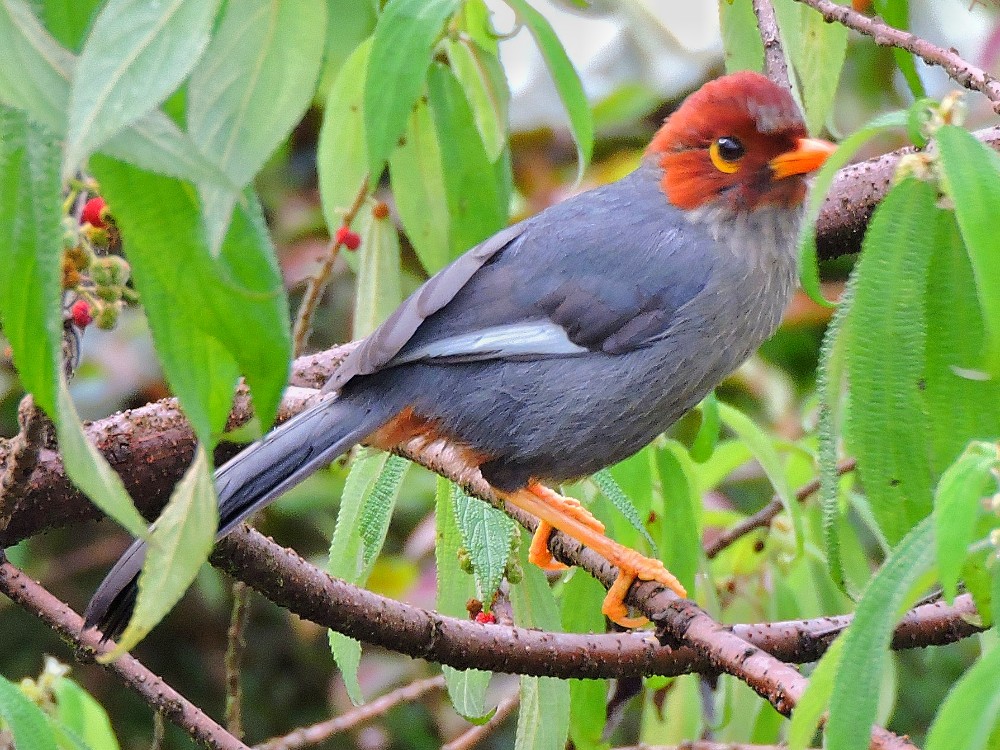
Mountain Leaftoiler was once thought to be a Tailorbird, but research found it to be a Cettid Warbler instead.
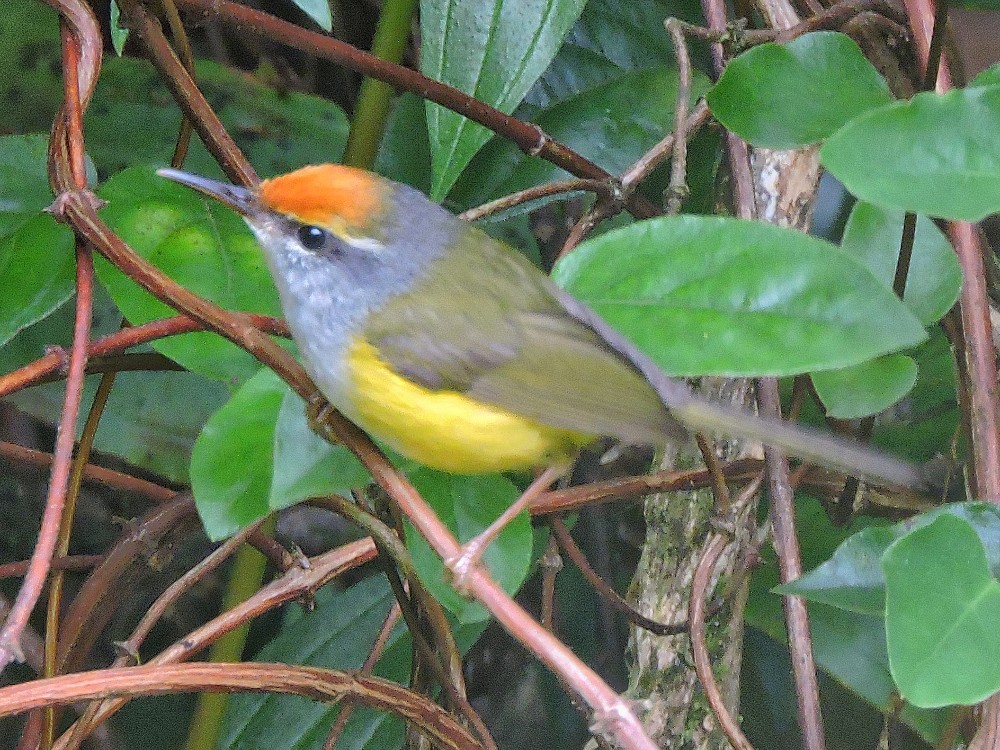
Velvet-Fronted Nuthatch, was a bird I was happy to see, but it was characteristically active and hard to image.
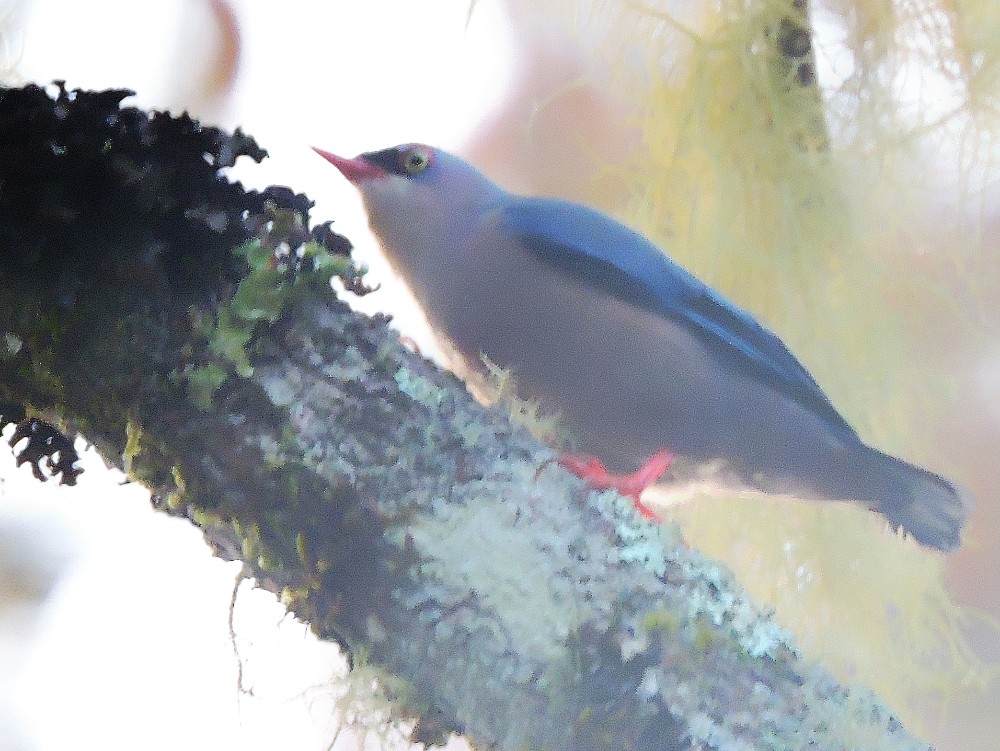
Indigo Flycatcher was just slightly more cooperative.
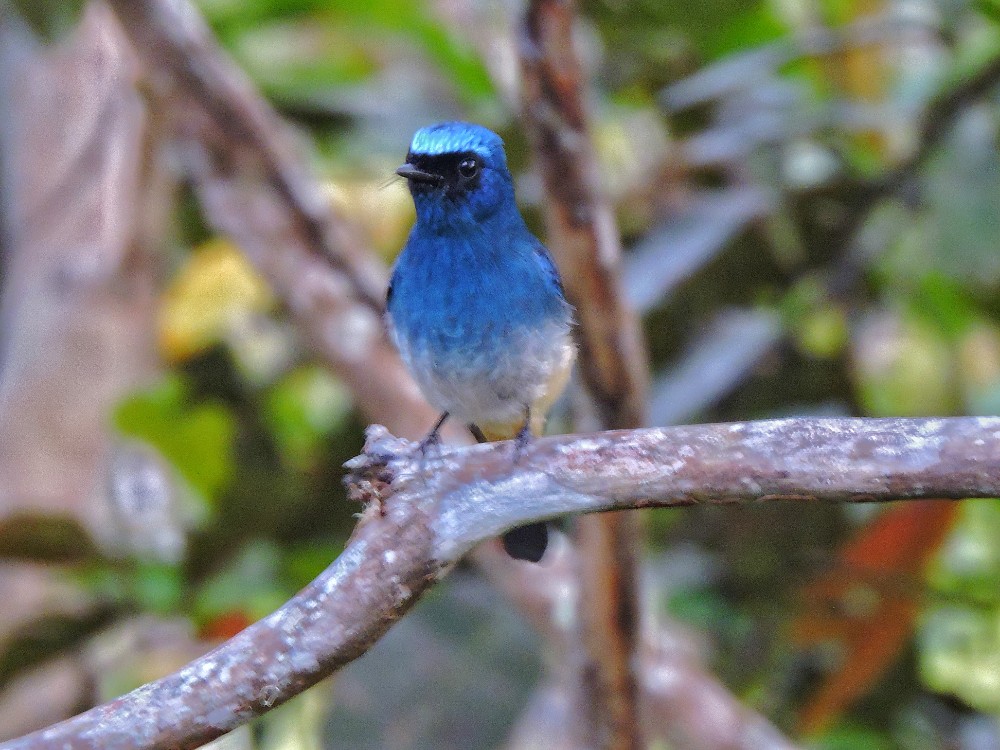
Another relatively common, but fun, species was Bornean Treepie.
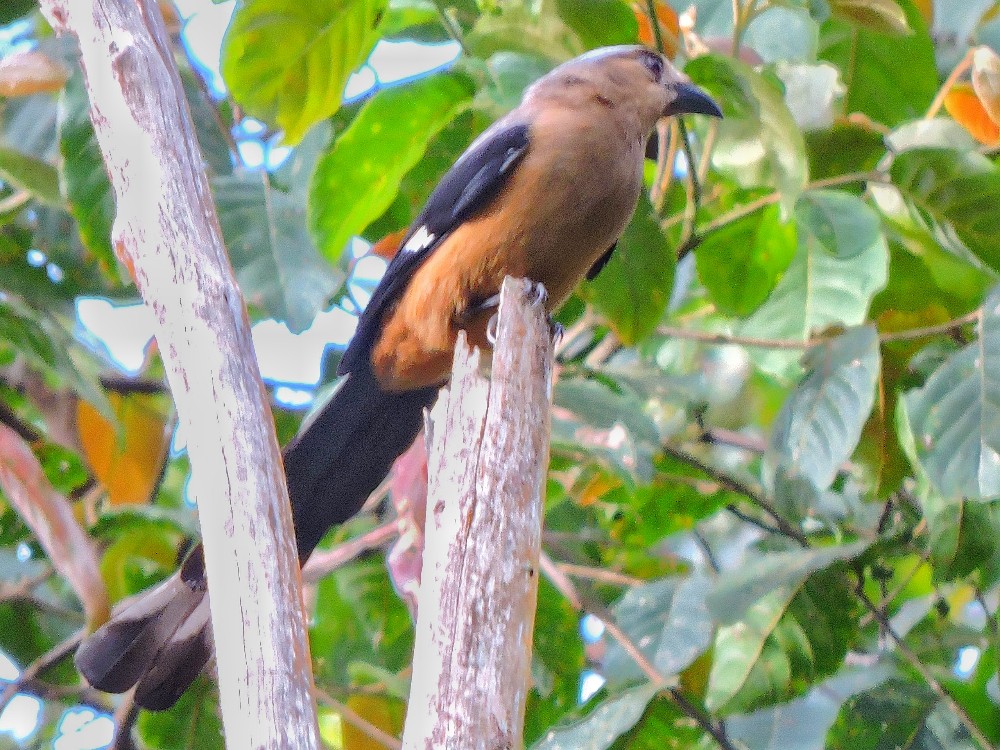
Like other imperial-pigeons, Mountain Imperial-Pigeon, was easier to hear than see.
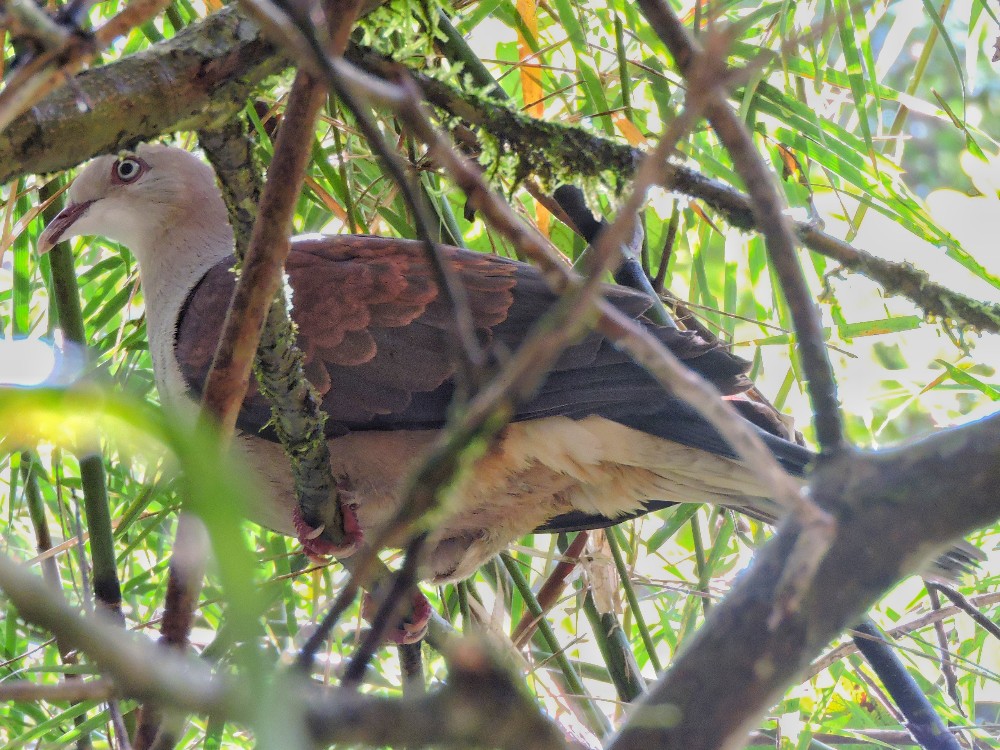
The only raptor seen well, Wallace’s Hawk-Eagle, was just about to consume a tasty rodent.
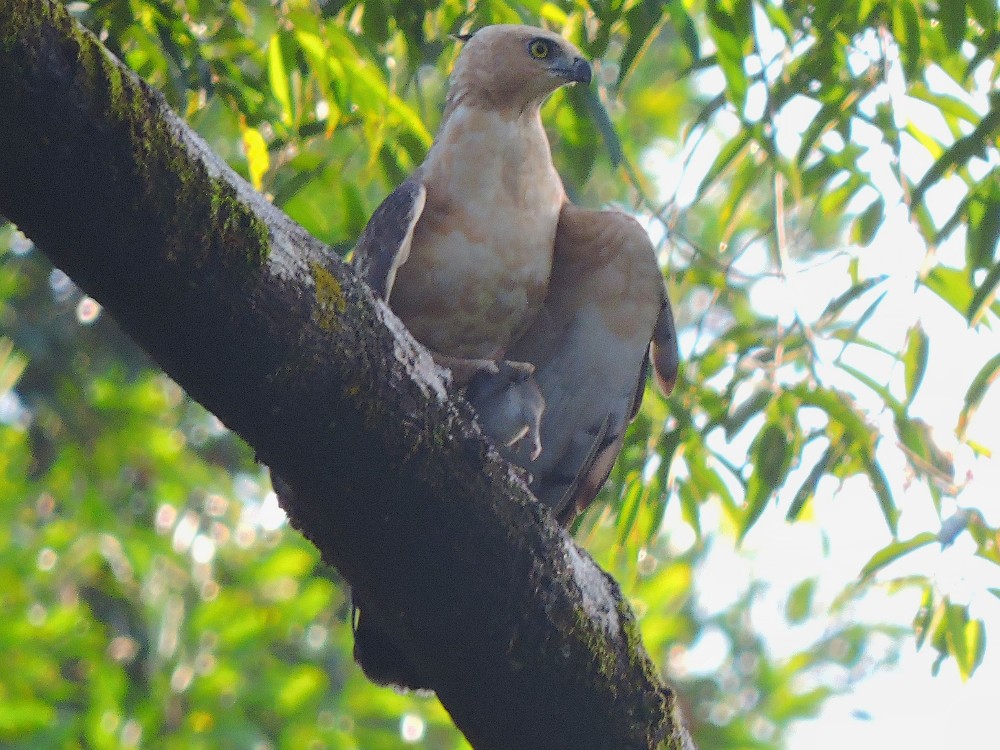
For a big step up, the canopy walkway provided amazing views of Rhinoceros Hornbill.
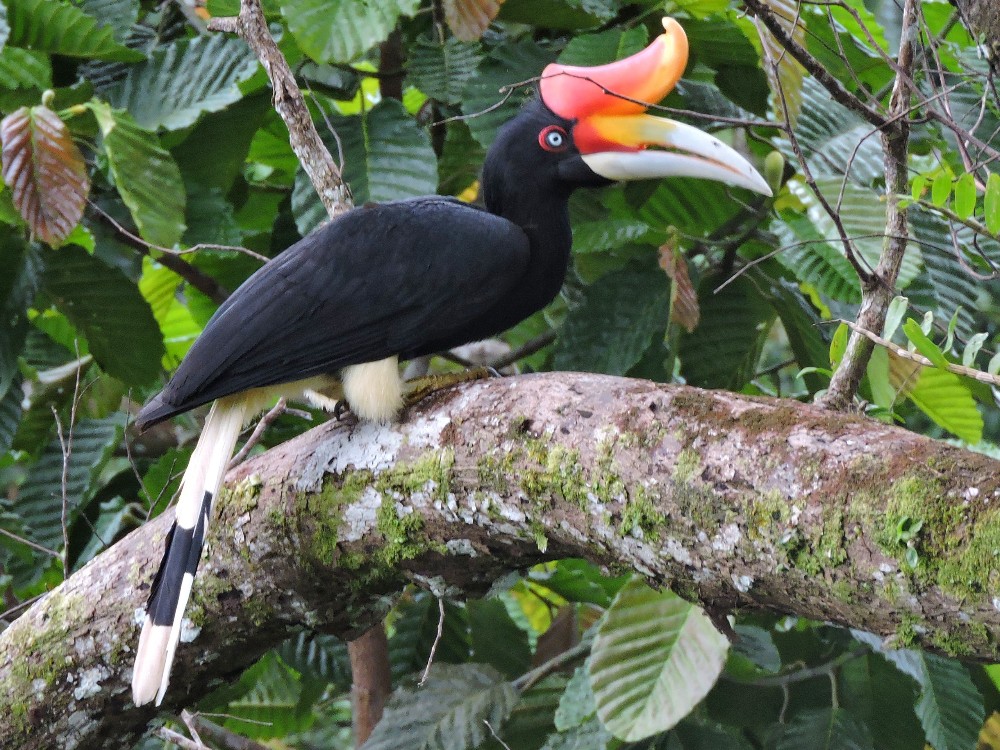
While back on the ground, great birds continued with Diard’s Trogon…
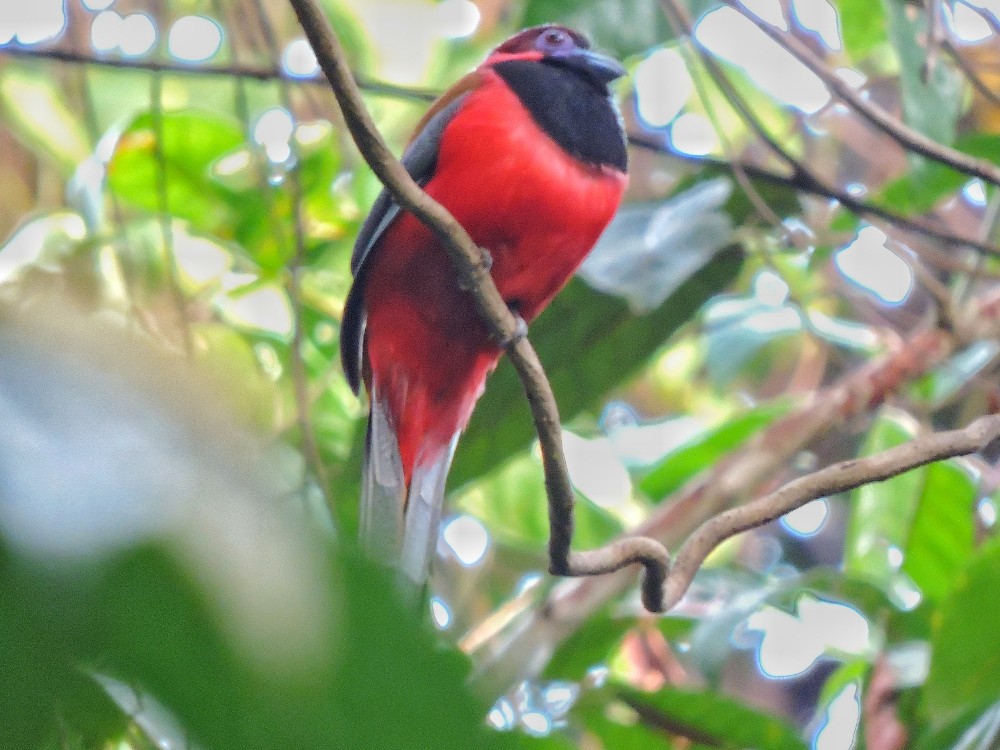
…and the highly-sought-after Whitehead’s Trogon.
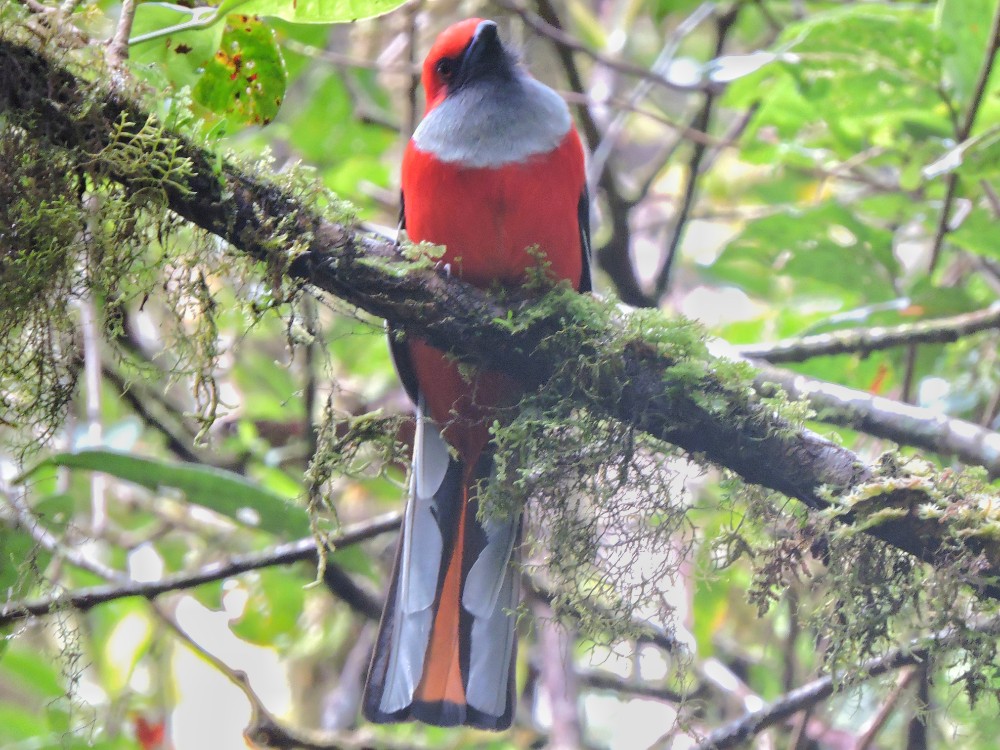
One of my most desired targets was very challenging. So we were fortunate that Hazwan’s sharp eyes caught a glimpse of one flying across the road on the first day. Later that afternoon, we returned to the same place and I managed to get a number of views of the bird as it moved around in the forest, though it was not really gracious enough to pose well for me, Whitehead’s Broadbill.
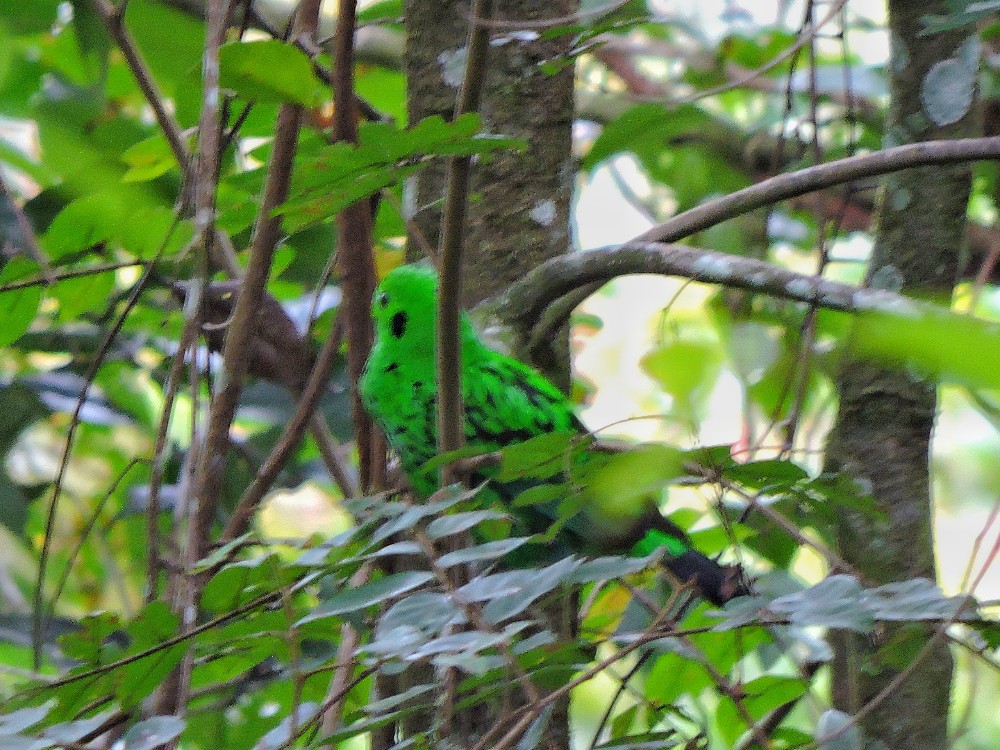
Two other slightly related species gave me progressively better images, though Black-and-Red Broadbill, only showed during the dim morning light…
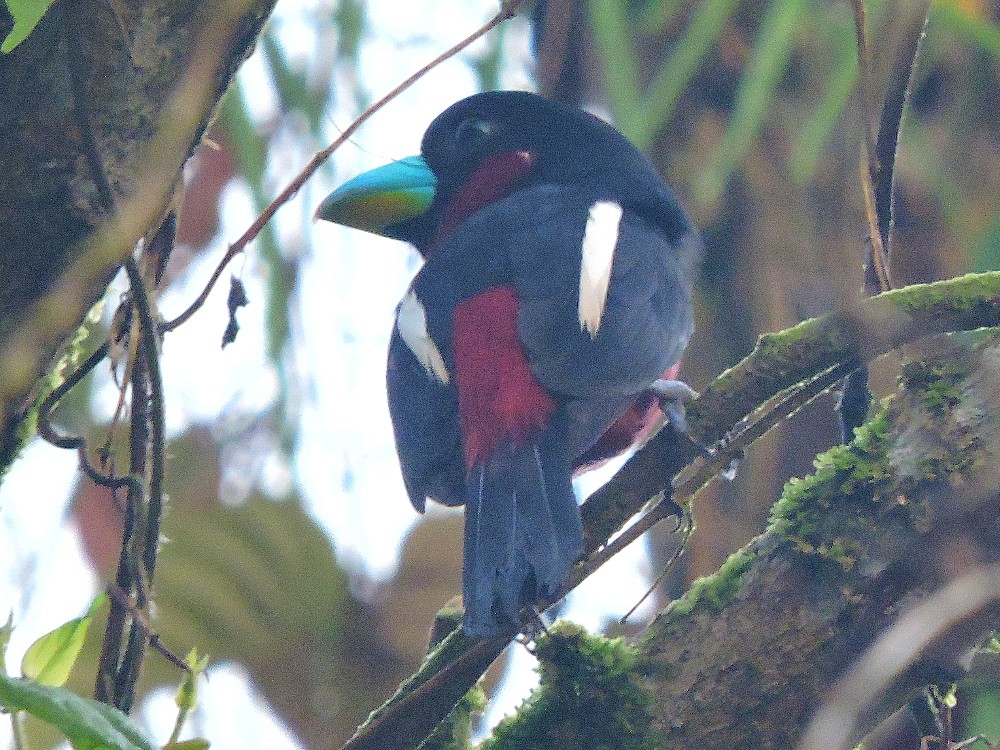
…but Black-and-Yellow Broadbill, sat for me, probably better than any other bird ever has.
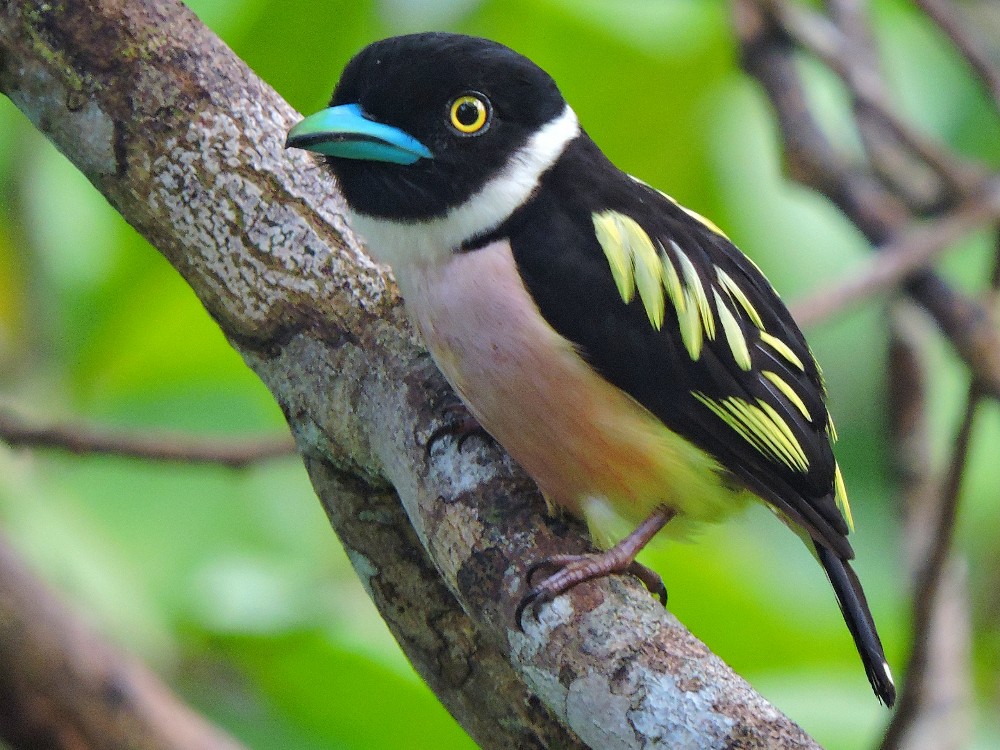
Also seen from the Canopy Tower was a beautiful example from one of my favorite Families, Red-Bearded Bee-Eater.
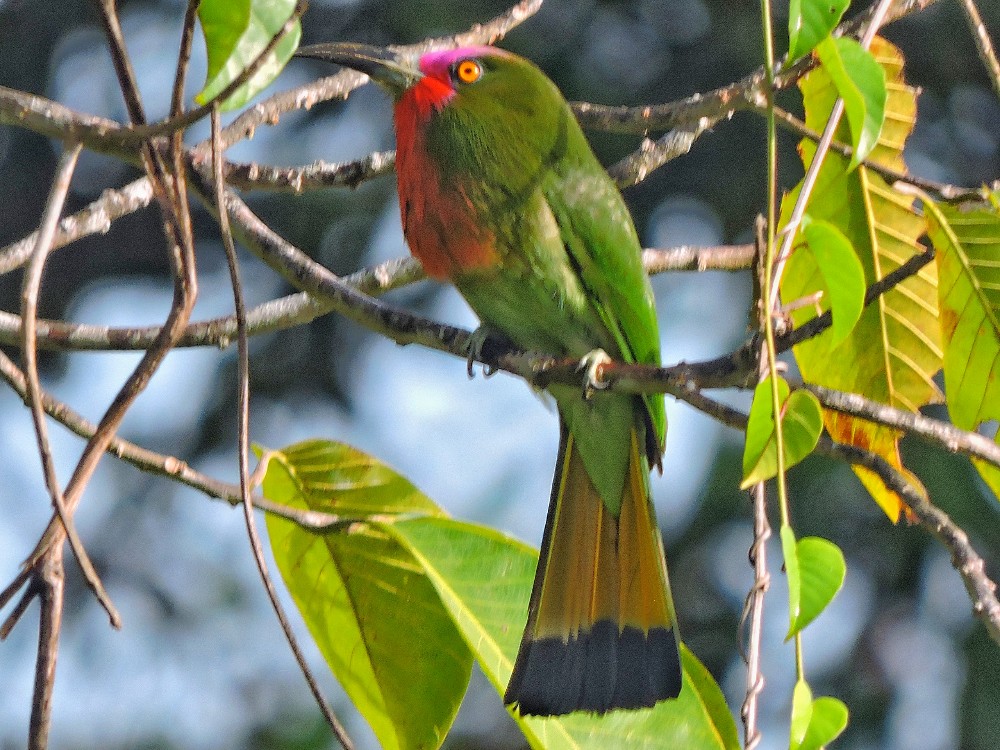
My overall top target, considered by many to be a Grail Bird, was showing signs of becoming the trip’s huge dip, however. Fortunately, at the end of the last day at Sepilok, our only remaining realistic opportunity, Hazwan knew the best place to wait. Several other birders were around, hoping for the same bird, and the scene got a little tense as one individual came to the area, but frustratingly moved around quickly in the treetops, usually partially obscured. Thankfully, moments later, distant, but clear, views were finally had of Bornean Bristlehead!
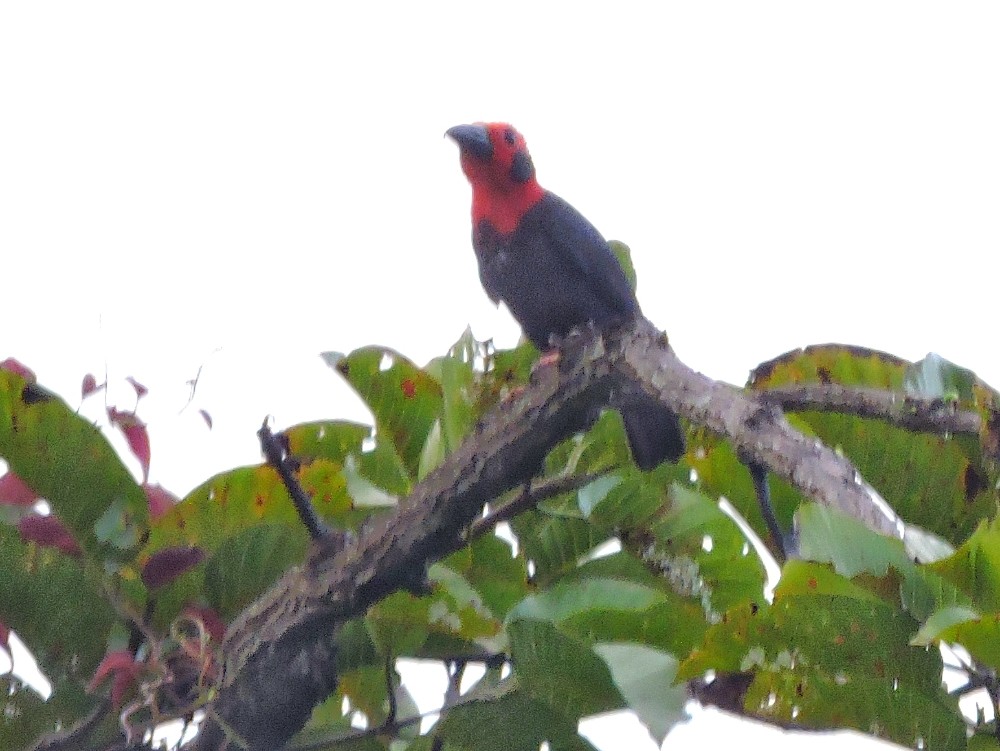
Including those amazing species, I saw a total of sixty-five new Life Birds in Borneo, a very satisfying tally for a stop on the Tour that almost didn’t happen. The remaining new species seen were: Penan Bulbul, Temminck’s Sunbird, Bornean Flowerpecker, Blue-and-White Flycatcher, Crested Shrikejay, Bornean Bulbul, Yellow-Breasted Warbler, Bornean Whistler, Chestnut-Crested Yuhina, Sunda Bush-Warbler, Mountain Blackeye, Black-Capped White-Eye, Little Pied Flycatcher, Bornean Swiftlet, Gray-Chinned Minivet, Gray Nightjar, Bornean Whistling-Thrush, Ashy Drongo, Golden-Naped Barbet, Crimson-Headed Partridge, Red-Breasted Partridge, Sunda Laughingthrush, Sunda Cuckoshrike, Gray-Throated Babbler, Bornean Green Magpie, Mugimaki Flycatcher, Rufous Piculet, Fulvous-Chested Jungle Flycatcher, Raffles Malkoha, Striated Grassbird, Little Green Pigeon, Asian Black Hornbill, Silver-Rumped Spinetail, Lesser Green Leafbird, Rufous-Tailed Tailorbird, Asian Emerald Dove, Blue-Crowned Hanging Parrot, Buff-Rumped Woodpecker, Yellow-Eared Spiderhunter, Plume-Toed Swiftlet, Oriental Dwarf Kingfisher, Black-Winged Flycatcher-Shrike, Black Magpie, Verditer Flycatcher, Green Iora, and, in Gunung Mulu, Sarawak, some birds were around, but the only definitive observations were Black-Nest Swiftlet, Mossy-Nest Swiftlet, Yellow-Rumped Flowerpecker, and, Yellow-Breasted Flowerpecker.
Of course, no visit to the Sepilok area would be complete without a short stop at the Sepilok Orangutan Rehabilitation Center, a nice facility that has released several hundred orphaned or injured Orangutan back into the wild, once they were ready for that. Even though they have fur, not feathers, for the bonus mentioned in the title of this post, here are a couple of images of our primate cousins seen at the Center.
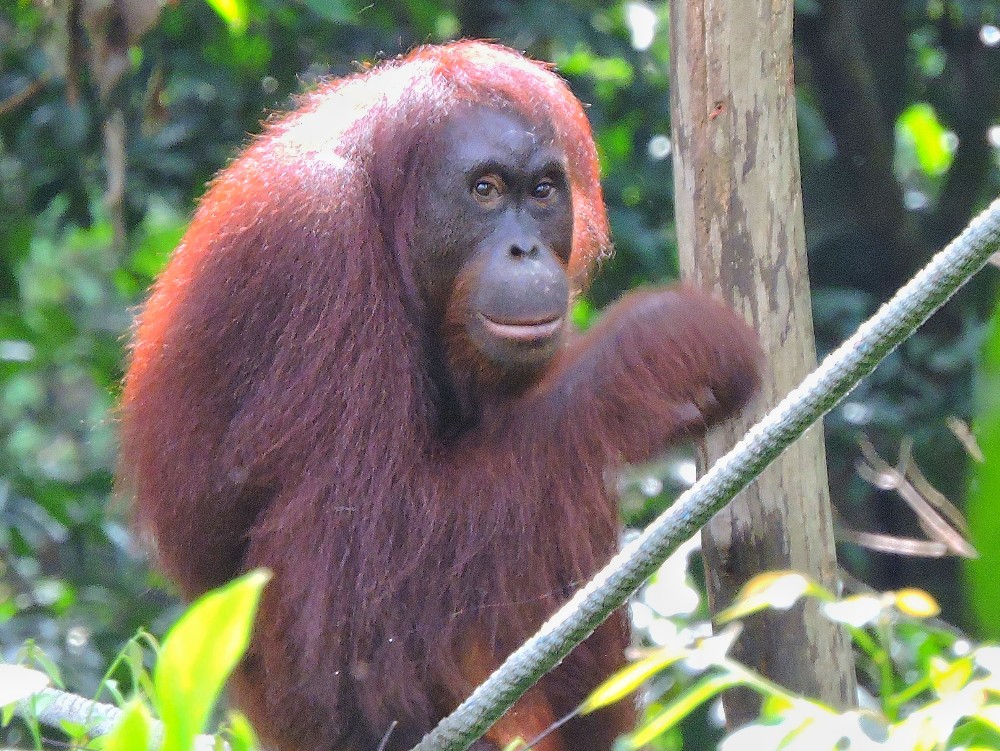
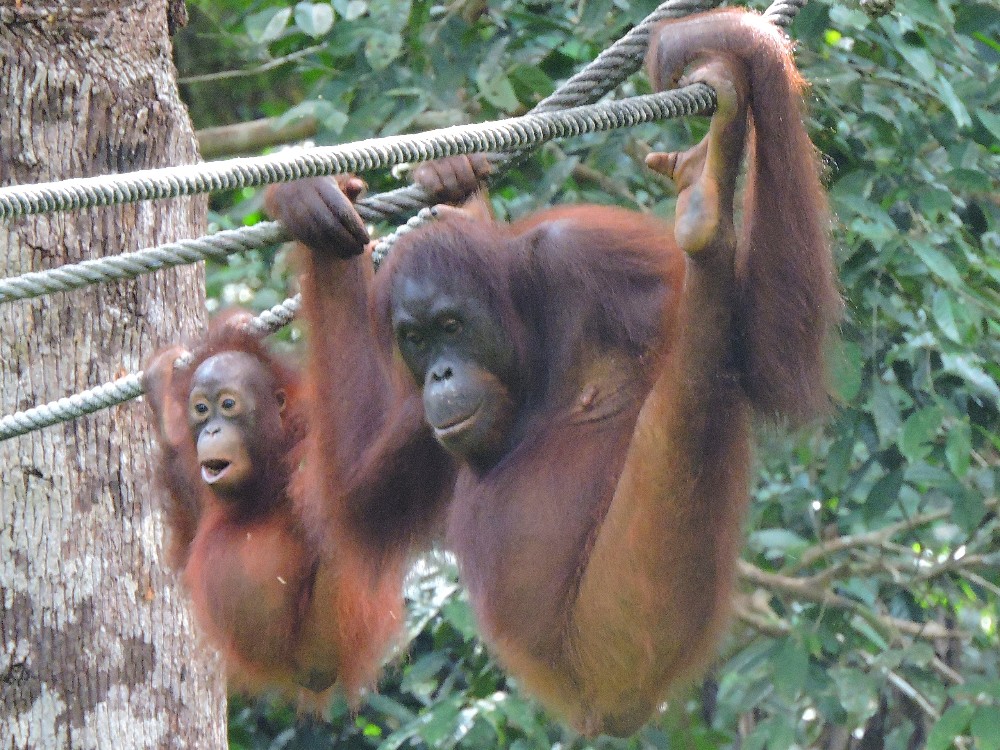
Despite the extra procedures and costs involved with making this visit happen, and the fact that my birding goals for the Tour had already been achieved, the birds of Borneo are extremely compelling and I am definitely glad that I made the effort to visit the island. Many thanks to Hazwan and everyone at Borneo Ecotours!
Slava Ukraini!!